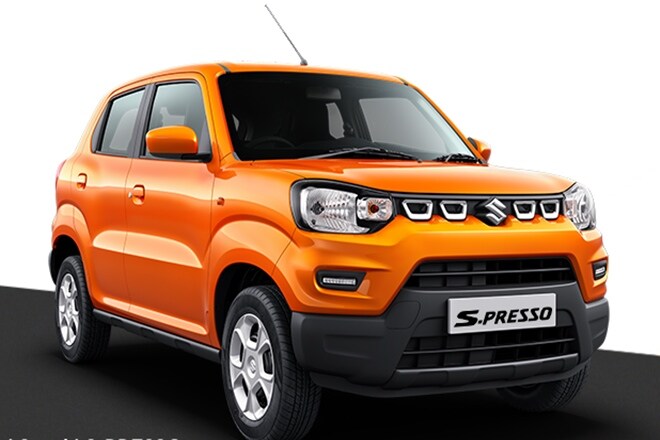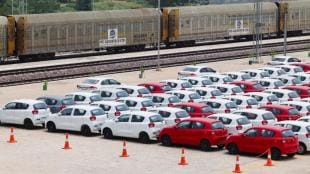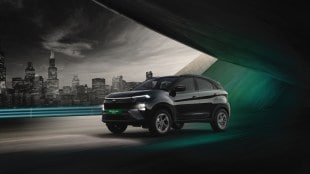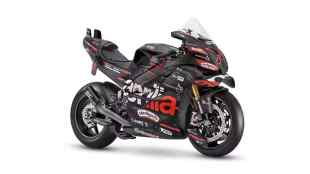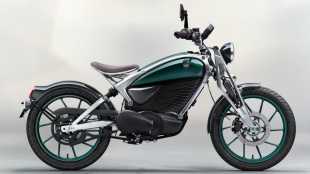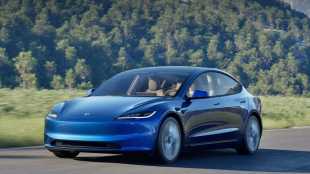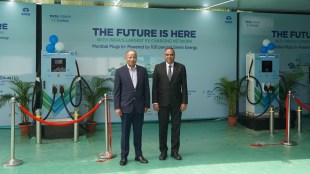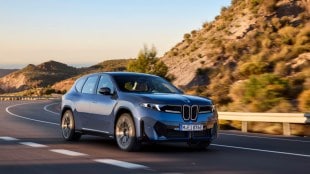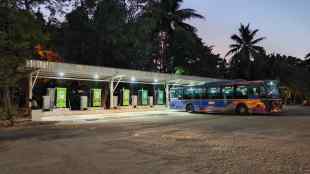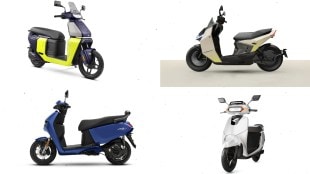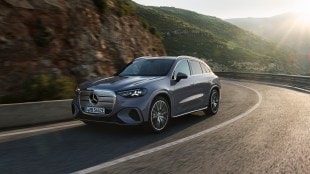
The Indian auto market has been on a slump from quite sometime. 12 months to be precise. However, there are now signs of revival. The four-wheeler industry is now picking pace while the two-wheeler as well as commercial are on their way too. SIAM, on asked revival tactics for the Indian auto market, said that there are multiple ways. One is the approach that manufacturers have now taken. This is in the form of new launches. Either can be all-new products (works pretty well, see the Seltos, Triber, Hector…) or refreshed models like the Renault Kwid.
SIAM says that it has also appealed to the government to reduce the vehicle GST. This will in turn have a direct effect on the prices of the vehicles and thereby promote buyer sentiment. The finance ministry had set up more than 400 local loan disbursement centres recently. This too has in a way helped with the buying sentiment across India.
A long spoken about topic, vehicle scrappage, too reared its head at the SIAM numbers announcement. Rajesh Menon, director general, SIAM, said that incentive-based vehicle scrappage policy will help in a big fashion. Buyers will be bouyed by the fact that they can get rebates for their old vehicles and can buy new ones at a discount. In turn, this will ensure that the steel is recycled and there is less dependence on metal extraction and fossil fuel. If customers are worried about the service costs of BS-VI vehicles, they can refer to Express Drives’ story on the same.
Express Drives echoes SIAM’s thoughts that the BS-IV to BS-VI transition is what is causing a slump in sales. There is an uncertainty on how much more price, if diesel cars will still be available, slow movement towards all-electric vehicles and more. It is likely that by the first half of 2020, we should see a growth in sales. This is because by April 2020, BS-IV vehicles cannot be sold or registered, thereby ensuring that only BS-VI will be retailed.
